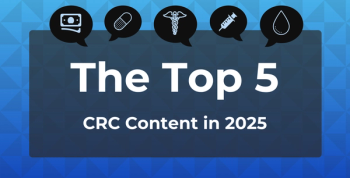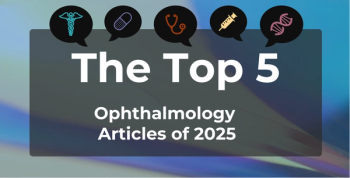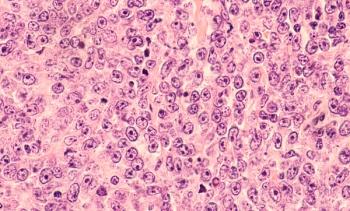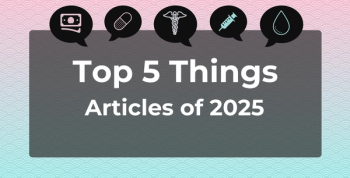
High Disability Burden of Atopic Dermatitis Linked With Socioeconomic Status
Atopic dermatitis was associated with the greatest burden of disease compared with 2 other types of dermatitis, in which high incidence and disability-adjusted life-years rates corresponded with high sociodemographic index areas.
Burden of dermatitis was substantially greater in patients with atopic vs contact and seborrheic disease, with high sociodemographic index (SDI) indicators found to correspond with high incidence and disability-adjusted life-years (DALYs) rates.
Results were published in
Among skin diseases, dermatitis ranks first in global disease burden, consisting of adverse social ability and physical/mental health, as well as
“Health problems or distress caused by dermatitis may be easily overlooked, and relevant epidemiological data are limited…currently, research on the socioeconomic relationship between AD, CD, and SD in the global burden of disease is lacking,” noted the study authors. “Therefore, a better understanding of the burden of dermatitis is necessary for developing global intervention strategies.”
Leveraging the Global Burden of Disease (GBD) 2019 database, they investigated the age-standardized incidence rate (ASIR) and the DALYs rate (ASDR) data of patients with AD, CD, and SD. Data were stratified by sex, country or region, and SDI indicators. The correlation between the global burden of dermatitis and socioeconomic development status was also examined.
“[SDI] is the geometric mean of the normalized value of the regional per capita income, the number of years of education of those 15 years old and above, and the total fertility rate of women under 25,” they explained. “GBD 2019 divides countries into 5 categories based on SDI indicators: high SDI, high-middle SDI, middle SDI, low-middle SDI, and low SDI.”
Overall, GBD 2019 estimates on the ASIR and ASDR per 100,000 person-years for the 3 major types of dermatitis were 5244.3988 (95% CI, 4551.7244-5979.3176) and 131.6711 (95% CI, 77.5876-206.8796), respectively.
The rates were exhibited for each type of dermatitis, with the greatest burden associated with AD:
- The ASIR and ADSR per 100,000 person-years of AD, CD, and SD was 327.91 (95% CI, 312.76-343.67), 3066.04 (95% CI, 2405.38-3755.38), and 1850.44 (95% CI, 1706.25- 1993.74), respectively
- DALYs per 100,000 person-years of AD, CD, and SD were 99.69 (95% CI, 53.09-167.43), 28.06 (95% CI, 17.62-41.78), and 3.93 (95% CI, 2.24-6.25), respectively
The researchers additionally measured changes in the burden of dermatitis from 1990 to 2019, in which a slow downward trend was observed in recent years according to ASDR data. By country/region in 2019, the ASIR showed that the United States had the greatest burden, whereas the ASDR showed that Asian countries (such as Japan, Mongolia, Kazakhstan, and Uzbekistan) and some European countries (France, Estonia) had the greatest burden.
SDI stratification regarding the 3 major dermatitis types further showed that high ASIR and ASDR corresponded with high SDI areas, especially for AD, which was positively correlated with the SDI.
“The results based on GBD 2019 data are valuable for formulating policy; preventing and treating dermatitis; and reducing the global burden of dermatitis,” concluded the researchers.
Reference
Xue Y, Bao W, Zhou J, et al. Global burden, incidence and disability-adjusted life-years for dermatitis: a systematic analysis combined with socioeconomic development status, 1990–2019. Front Cell Infect Microbiol. Published online April 12, 2022. doi:10.3389/fcimb.2022.861053
Newsletter
Stay ahead of policy, cost, and value—subscribe to AJMC for expert insights at the intersection of clinical care and health economics.







































